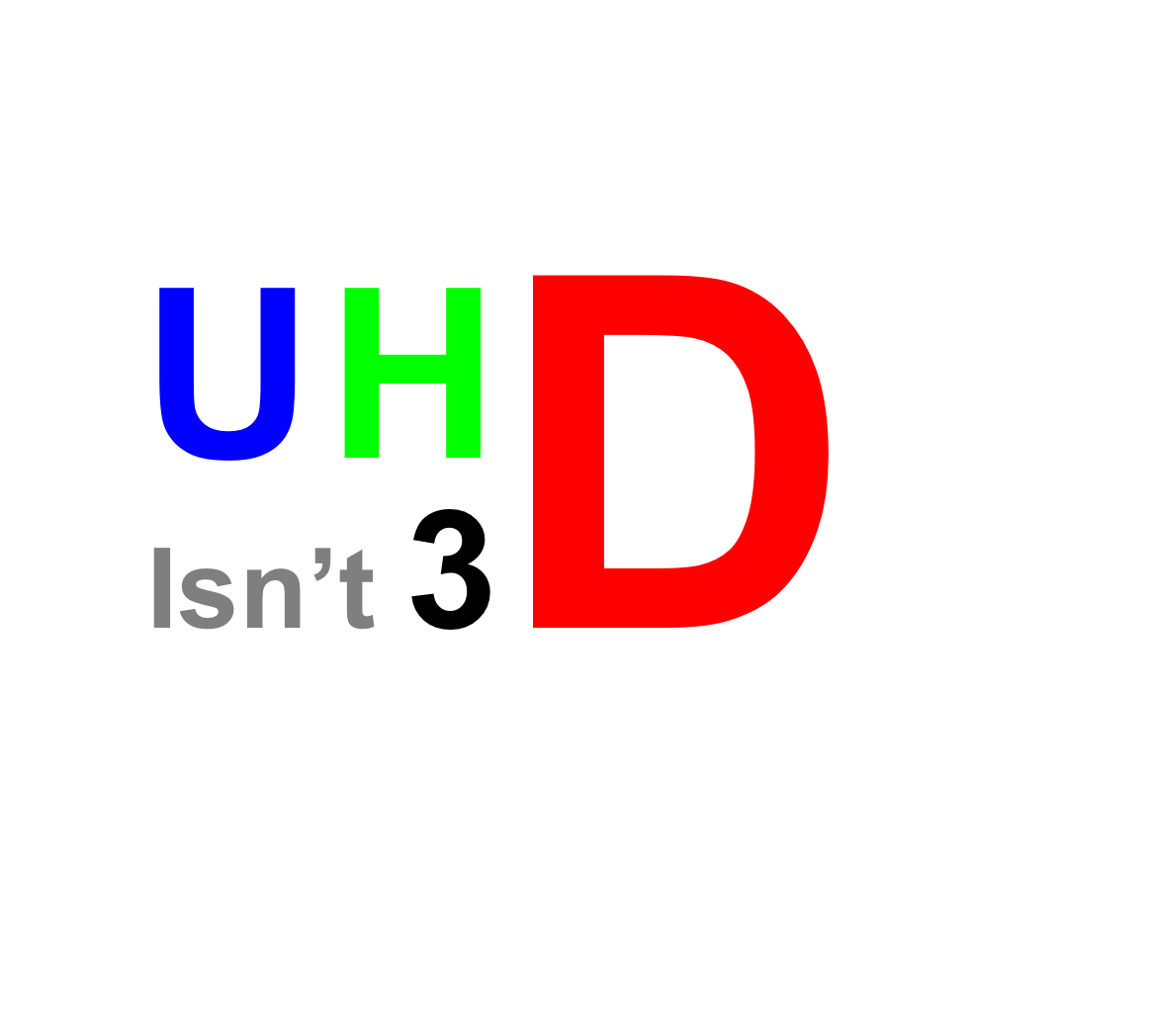
Last month IHS Media & Technology Digest published a report authored by Richard Cooper on UHD stating that it could be the next 3D if the industry doesn’t get its act together.
I was an early critic of 3D arguing as early as 2009 that the 3D emperor didn’t have any clothes on. Hopefully that will legitimize my total disagreement with the idea that UHD might go the same way.
In my work at the Ultra HD Forum, we compiled a list of over 50 live commercial UHD services at the end of 2016. This was never the case for 3D.
Here is the rebuttal of the three arguments from the report put out in the Advanced TV news item. From the Forum, LG’s Madeleine Noland, Fairmile West’s Ian Nock and Sony’s Don Eklund helped me put these arguments together.
IHS argument 1: Not enough content is available (only 400 titles across all platforms, 30 in Blu-ray).
Answer: When HD started hitting consumers, there was even less content available than UHD now (I had the only 2 DVDs available in France: Face Off and Microcosms for months). There are currently over 100 UHD BD titles in the market and between Netflix and Amazon there are several dozen original episodic shows available, with new episodes all the time.
IHS argument 2: Much of the content is up-scaled.
Answer: We are in a necessary transition phase. Content available in HD must be scaled somewhere to be enjoyed properly on a UHD setup, having this done by studios will preserve artistic intent and even autoscaling by a consumer device can produce very good results.
Note that Hollywood content is often mastered in 2K resolution, but presents very well in UHD since it utilizes extended bit depth, color and dynamic range only available with UHD. Many of the episodic programs available are shot with 4K cameras so remastering will not require upscaling.
Argument 3: The definition of the term UHD is too broad, and current UHD TVs won’t be able to play future content.
Answer: The industry is aware of this pitfall, and organizations like Ultra HD Forum and the UHD Alliance are actively working on backward compatibility issues with standardised approaches. Operators that have launched services so far are targeting available sets only. So for example the Netflix app will display an HDR version if the TV supports it otherwise and SDR version. However, as with any major technology change, there will be some early adopters that will need to upgrade to get the best possible service.
Some other arguments why UHD will not go the way 3D went.
- UHD benefits all content all the time whereas 3D only makes sense sometimes.
- No glasses or other devices are required.
- UHD is a truly immersive experience accomplishing some of the goals of 3D anyway.
- Over 60 operators worldwide offer commercial services based on UHD (often just 4K for now), this was never the case with 3D.
- …
I don’t actually have the complete IHS report (so if Richard or anyone from Markit wants to send it to me I’d be happy to comment more in detail).
Just after finishing this blog, I realise I wrote an almost identical one 3 years ago ... the world goes round and round ... https://www.ctoic.net/blog/seven-simple-reasons-why-uhd4k-makes-sense-where-3d-didnt/

Vous devez vous connecter pour laisser un commentaire.